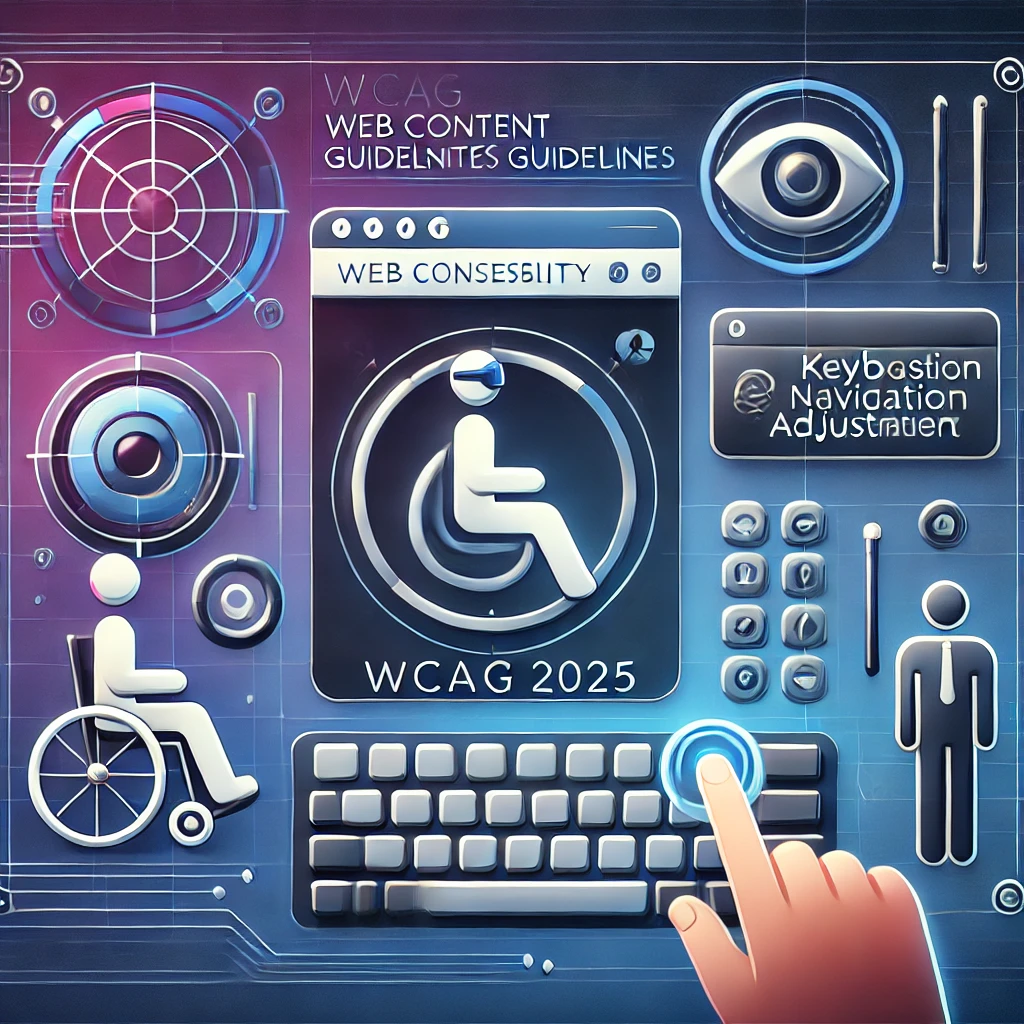The Web Content Accessibility Guidelines (WCAG) are a set of internationally recognized standards designed to make web content accessible to people with disabilities. These guidelines are developed by the World Wide Web Consortium (W3C) under the Web Accessibility Initiative (WAI).
🔹 WCAG Principles (POUR)
WCAG is based on four fundamental principles, often abbreviated as POUR:
- Perceivable 🏗️
- Information and user interface (UI) elements must be presented in ways users can perceive (e.g., providing text alternatives for images).
- Operable 🎛️
- Users must be able to navigate and interact with the interface (e.g., making websites keyboard-accessible).
- Understandable 🧠
- Content must be clear and predictable (e.g., avoiding complex jargon and providing input assistance).
- Robust 🏋️
- Websites should be compatible with different assistive technologies (e.g., screen readers and Braille displays).
🔹 WCAG Levels of Conformance
WCAG defines three levels of conformance:
- A (Basic) – The minimum level required for accessibility.
- AA (Recommended) – Addresses major accessibility barriers; required by many legal policies.
- AAA (Enhanced) – The highest level, providing the most accessibility but not always feasible for all websites.
Most organizations aim for WCAG 2.1 AA compliance as a standard.
🔹 WCAG Versions
- WCAG 2.0 (2008) – The first major version, still referenced in some laws.
- WCAG 2.1 (2018) – Adds guidelines for mobile accessibility, cognitive disabilities, and low vision users.
- WCAG 2.2 (2023) – Expands on WCAG 2.1 with additional focus on cognitive disabilities and touch-based interactions.
- WCAG 3.0 (Future) – Currently in development; aims for a more flexible, outcome-based approach.
🔹 Key WCAG Success Criteria (Examples)
Here are some essential WCAG guidelines:
| WCAG Guideline | Description | Example |
|---|---|---|
| Text Alternatives (1.1.1) | Provide alternative text for non-text content | <img src="dog.jpg" alt="Golden retriever playing in a park"> |
| Keyboard Navigation (2.1.1) | Ensure all functionality is operable via keyboard | Users can tab through links without needing a mouse |
| Color Contrast (1.4.3) | Ensure sufficient contrast between text and background | Dark text on a light background (contrast ratio of at least 4.5:1) |
| Forms & Labels (3.3.2) | Ensure input fields have clear labels | <label for="email">Email:</label> <input id="email" type="text"> |
| Error Identification (3.3.1) | Clearly indicate form errors and suggest corrections | “Invalid email format. Please use [email protected]“ |
🔹 Why WCAG Matters
- Legal Compliance – Many countries require WCAG compliance for digital accessibility.
- Improved Accessibility – Helps people with disabilities use the internet without barriers.
- Better User Experience – An accessible design benefits all users, not just those with disabilities.
- SEO Benefits – Accessible content is more easily indexed by search engines.
If you need help implementing WCAG on your website, let us know here ! 😊
